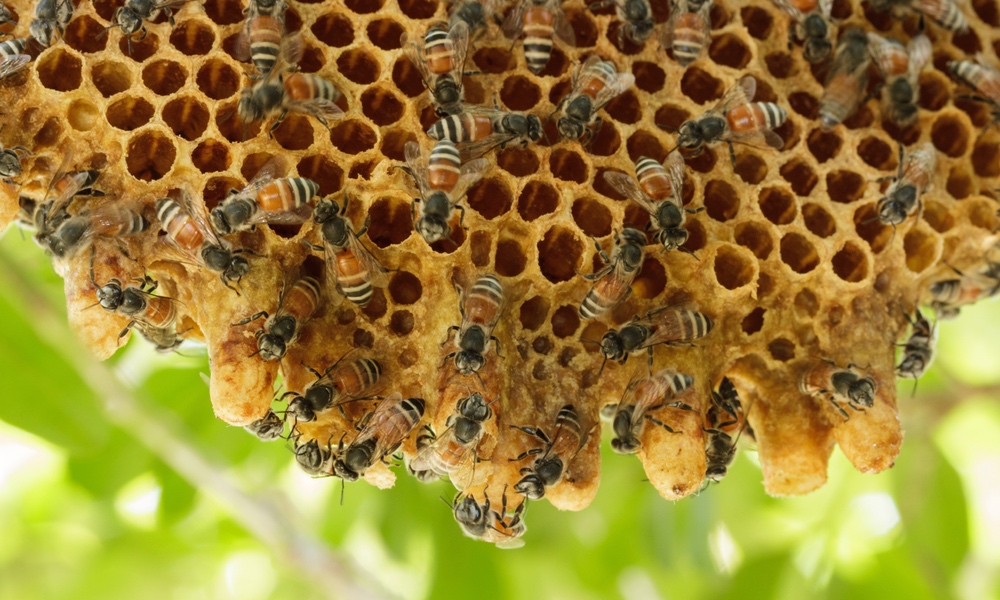The mystery surrounding the disappearance of bee colonies around the world during the last decade may be closer to being solved. Scientists have been puzzled and extremely concerned by the phenomenon known as colony collapse disorder (CCD), in which bees abandon their hives in the winter months.
Since farmers rely heavily on bees to pollinate crops, their disappearance is a big deal — and potentially disastrous for our food supply if it continues unchecked.
Researchers have suspected colony collapse may be due to the presence of certain pesticides on crops, and a new study adds strong evidence to the theory. Earlier research had found that CCD is related specifically to a group of pesticides known as neonicotinoids, which may impair bees’ neurological functions.
A team from the Harvard School of Public Health worked with 62 beekeepers across the state of Massachusetts. They asked beekeepers to collect both pollen and honey samples from their hives every month from April through August. The researchers ended up with 219 pollen and 53 honey samples from the 62 sites across the state.Since farmers rely heavily on bees to pollinate crops, their disappearance is a big deal — and potentially disastrous for our food supply if it continues unchecked.
In over 70% of the pollen and honey samples they collected from each site they found evidence of imidacloprid and clothianidin, both neonicotinoids. Higher levels were found in certain counties at different times of the year. For instance, in Worcester, levels were especially high in April, but in Essex, they were highest in June. Some samples contained more than one type of the chemical.
“Data from this study clearly demonstrated the ubiquity of neonicotinoids in pollen and honey samples that bees are exposed to during the seasons when they are actively foraging across Massachusetts,” said study author Chensheng (Alex) Lu in a statement. “Levels of neonicotinoids that we found in this study fall into ranges that could lead to detrimental health effects in bees, including CCD.”
It's not only the bees that are at risk from the chemicals. People breathing in contaminated pollen may be at risk, too, the authors say. Though the pesticides likely don’t have the kind of effect on us as they do on bees, it’s just another chemical exposure that we don’t need, given the number we’re exposed to already.
More research will be needed to figure out what other kinds of chemicals may be linked to the bees’ disappearance. But the authors stress that given the studies that already exist, it’s time for some changes to our pesticide practices at the policy level before honeybees are gone completely.
The study was published in the Journal of Environmental Chemistry.





